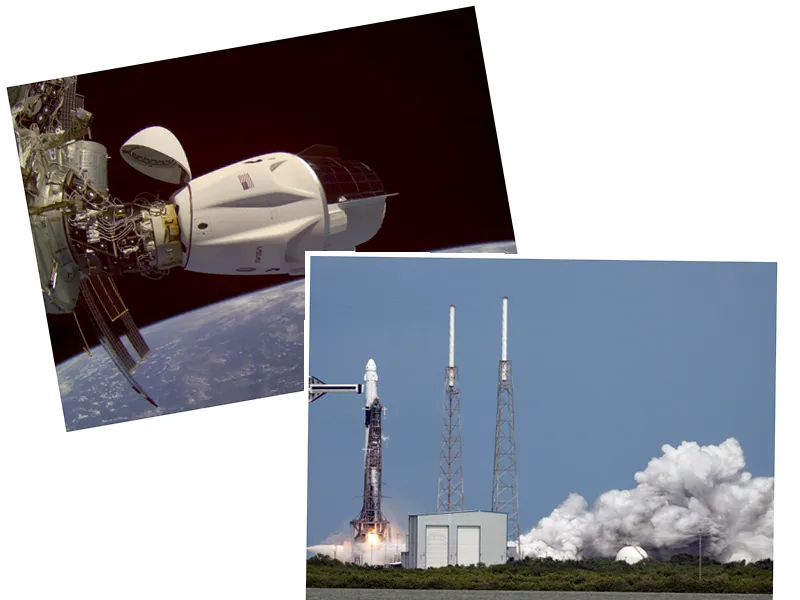NASA's astronauts Suni Williams and Butch Wilmore are currently aboard the International Space Station (ISS) on the maiden mission of Boeing's Starliner spacecraft. Originally planned to return to Earth after about a week, they have now been on the ISS for over 60 days, with a potential extension of their stay until early 2025 due to technical issues with the Starliner. NASA is considering using SpaceX's Crew Dragon spacecraft for their return instead, marking a significant shift in the mission's strategy.
If their stay extends into February, Williams and Wilmore will transition from being guests to full-time crew members, taking on essential tasks such as conducting spacewalks and performing scientific experiments. NASA has ensured that the astronauts are well-prepared for this extended mission, having equipped them with the necessary resources and training for a longer duration in space.
Despite the challenges, including the absence of their personal luggage, both astronauts have adapted well, contributing to station operations and even engaging in light-hearted activities reminiscent of Olympic events. NASA is currently assessing the situation to determine the best course of action for their eventual return, balancing the needs of the ISS with the astronauts' well-being.
- The unexpected extension of Williams and Wilmore's mission highlights the complexities of space travel, where technical difficulties can lead to significant changes in plans. NASA's decision to consider the Crew Dragon as a backup option underscores the importance of having contingency plans in place for crewed missions. The astronauts' current role as 'guests' at the ISS allows them to integrate into the crew's daily operations, but their potential transition to full crew members would formalize their responsibilities. Their previous experiences in space have equipped them to handle the rigors of an extended mission, and they have already begun to perform various maintenance tasks and scientific experiments. NASA has a history of astronauts extending their stays in orbit, as seen in the case of Frank Rubio, who spent 371 days aboard the ISS due to unforeseen circumstances. As Williams and Wilmore continue their mission, NASA must carefully manage resources and supplies to ensure the astronauts' comfort and safety.






